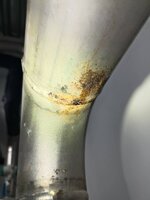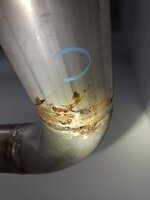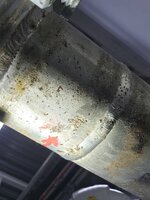Dear Expert
We have encountered a leakage issue on a Stainless Steel 304 (SS304) pipe used in a potable water system, which has been in service for less than six months. We would like to kindly request your assistance in reviewing the case and providing your professional opinion on the possible causes.
Preliminary observations:
Thank you in advance for your valuable support.
We have encountered a leakage issue on a Stainless Steel 304 (SS304) pipe used in a potable water system, which has been in service for less than six months. We would like to kindly request your assistance in reviewing the case and providing your professional opinion on the possible causes.
Preliminary observations:
- Pipe specification: SS304, Schedule 10
- Service: Potable water, no chemical additives
- Leakage point: Along the straight pipe (not on the welded joint)
- No excessive pressure or visible mechanical impact
- Possible causes of leakage in such a short service period
- Suggested short-term repair methods (e.g., clamp, welding, or others)
- Long-term preventive measures, such as material selection or water treatment adjustments
Thank you in advance for your valuable support.



